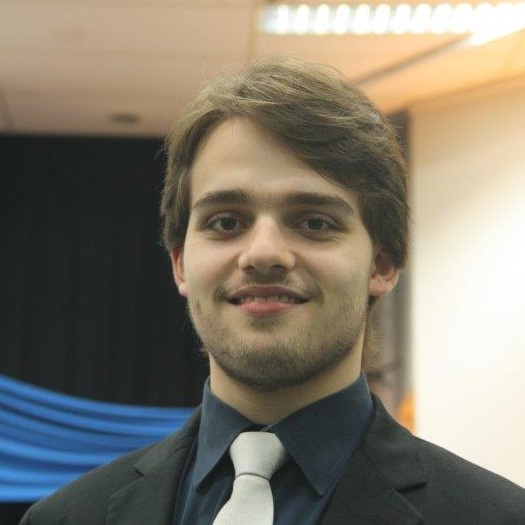Henrique Monteiro
Henrique Monteiro is an international student from São Paulo, Brazil. He is passionately studying Mechanical Engineering but also considering to minor in Applied Mathematics.

His passion for STEM started early as he developed algorithms to rapidly determine perfect squares at the age of twelve. At fourteen, he already studied calculus by his own, and one year later he developed a project about thermionic emission at University of São Paulo (USP) as part of the School of Contemporary Physics program, which introduced him to university-level classes and research.
During school, Henrique received numerous awards and medals in Mathematics, Physics, Astronomy and Geography in addition to two offers of admission from USP’s Polytechnic (Engineering) School. During the whole high school, he promoted study groups and free tutoring sessions in Mathematics, Physics and Chemistry to share his achievements with the school community. Furthermore, he wrote a paper about formulas and problem-solving methods that he invented to help students approach STEM exercises in an innovative and intuitive manner.
Outside of STEM, Henrique has been interested in Politics, Economics and entrepreneurship. In the seventh grade, he wrote an award-winning bill about fostering microcredit for startups in São Paulo city, which led the city’s government to invite him to give a speech at the city hall about his bill at the age of eleven. Besides that, during high school, Henrique has been involved in nine Model United Nations (MUN) both as delegate and chair.
Having learned English at a local language school called Centro Britânico, he is very proud and grateful to attend Columbia as the first Egleston Scholar from South America in Columbia history. He was also the first student from his high school to ever apply to an American university.
As a first-year Egleston, he led the design and CAD of Columbia's team in the NASA Micro-g NExt Challenge 2017-18, helping the team to be a finalist of the competition. The project, a zip tie cutter and retainer for aerospace use, was successfully tested in NASA Neutral Buoyancy Laboratory in June 2018.
During his first summer, he took Columbia's MicroMasters program in Artificial Intelligence to deepen his knowledge on AI, Machine Learning, Robotics and computer simulation.
As a sophomore, he is currently developing an organic-looking four-legged robot in a graduate-level project with Professor Hod Lipson. Henrique is also working on Columbia Rockets team and currently designing the nozzle of the rocket.
In future semesters, he may research on topics related to Fluid Mechanics and/or Thermodynamics, and after graduating he will probably pursue a Master's in Aerospace/Aeronautical Engineering.
In his free time, Henrique is a big cheese enthusiast (and of food in general) and is always searching for new flavors and combinations he has not tried yet.
